Communication in Crisis, or Emergency Situation Communication?
Seems that I am repeating myself by constantly saying, that the communication between the authorities is the key issue in successful rescue operations. But it is, and it needs to be practiced over and over again. HAZARD partners started the year 2017 with a seminar “Effective Communication in Crisis”. The emphasis was on communication in emergency situations, whether that means communication between different authorities, communication towards the general public or preventing “fires” in the social media in connection to emergency situations. The seminar was organised by the Southwest Finland Emergency Services.
The seminar started with a fresh “case study”. During the HAZARD joint exercise in the Port of Turku, the Southwest Finland Emergency Services tested the reach and speed of social media in conveying an emergency notification to a large audience. That lead us to the subject of the day: the use of social media in crisis. Maria Nykyri and Eeva Hämäläinen from the SWFES told us about the results of the test.
Eeva Hämäläinen and Maria Nykyri
“If you don’t tell your story, someone else will.”
The use of social media is growing fast in all age groups. How has social media and the rapid development of communications technology changed crisis communication? How can authorities use social media in emergencies? Communication Consultant Elli Flén opened our eyes to the quick changes in media. Social media gives new possibilities for communication but it also creates threats which the authorities have to be prepared to respond to. For example, false information can be spread through the social media very quickly.
Elli Flén
Ira Ahokas from the University of Turku told about SAVE project, that focused on situations where authorities and companies meet in different phases of management of major accidents. When different organizations communicate with each other, they need to have common procedures at least at some stage and use a common language so that the relevant information can be reliably transferred from actor to actor.
Ira Ahokas
“The situation is never so bad, that it cannot be made worse by bad communication”
This is how Veli-Pekka Nurmi from the Finnish Safety Investigation Authority formed the meaning of communication. Without effective communication it is impossible to create a common situational awareness which is needed for effective rescue operations, and also in preventing accidents. We should aim for eliminating the obstacles in the communication. The key to success is planning and training!
Veli-Pekka Nurmi
Torbjörn Lindstöm, WP2 leader, welcomed all to Turku and to the seminar.
Workshops: working on different type on scenarios, i.e. what to do when 270 people are found in a container at the Port of Turku.
Mariikka Whiteman reminded about the communication tools the project offers for the partners, and some plans and ideas were discussed. Some target group analysis and communication plans were also made in a workshop.
Thank you for all speakers and participants for an interesting seminar!
Text and photos by Mariikka Whiteman (the last photo by Mindaugas Kruopys)
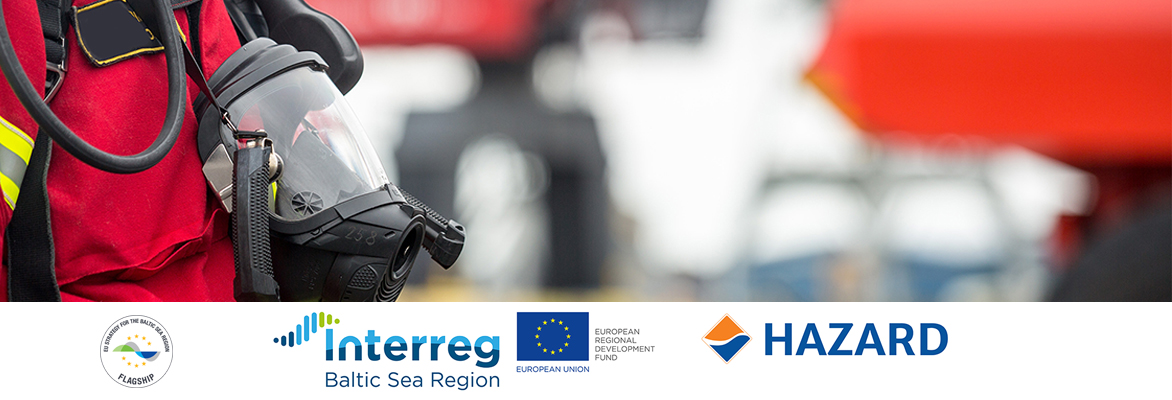
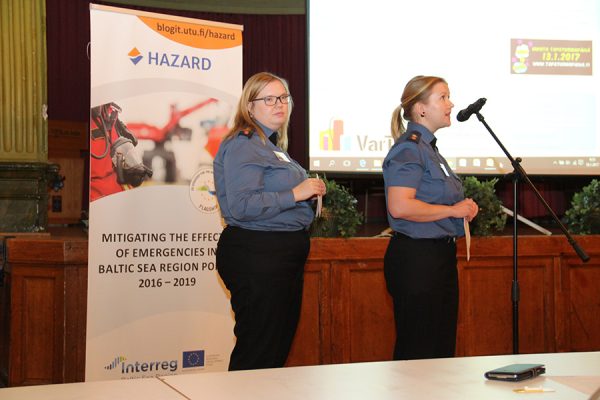
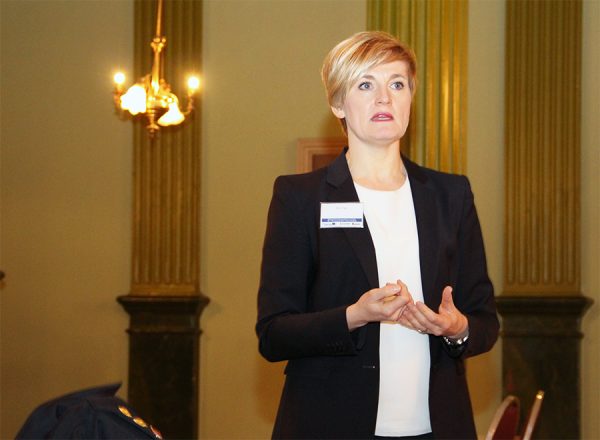
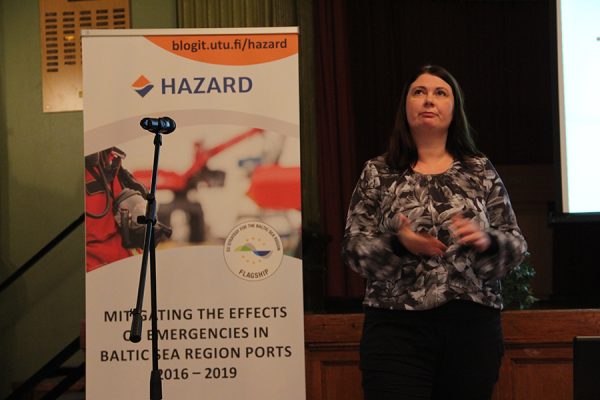
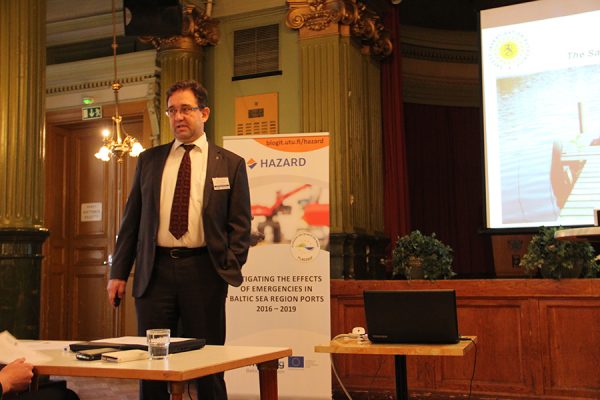
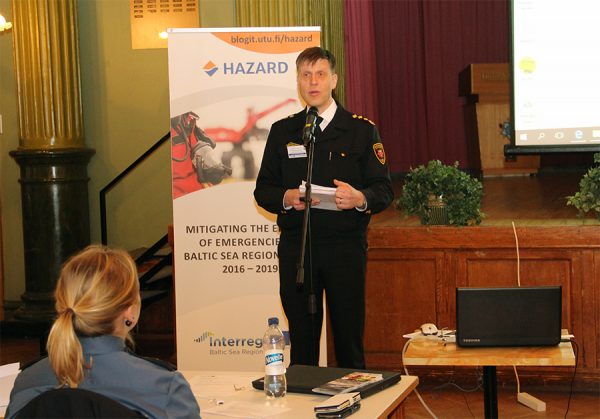
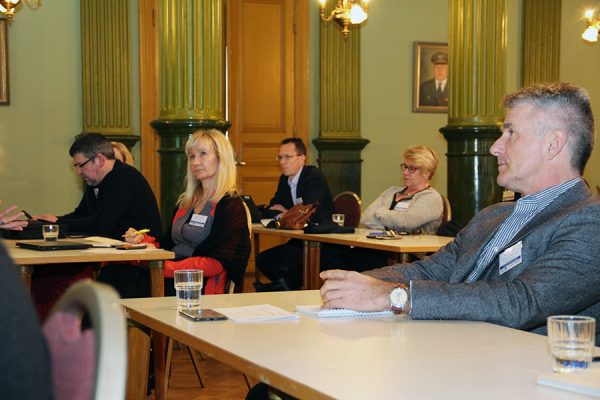
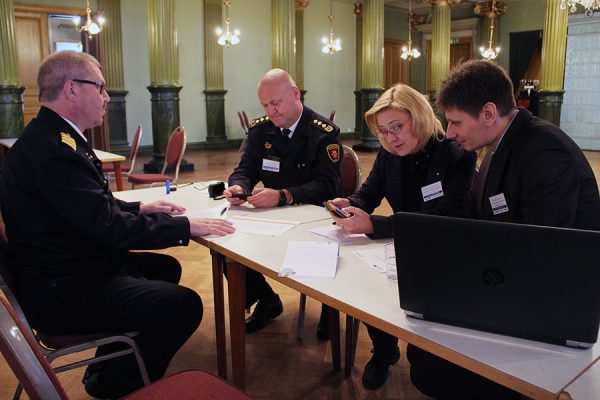
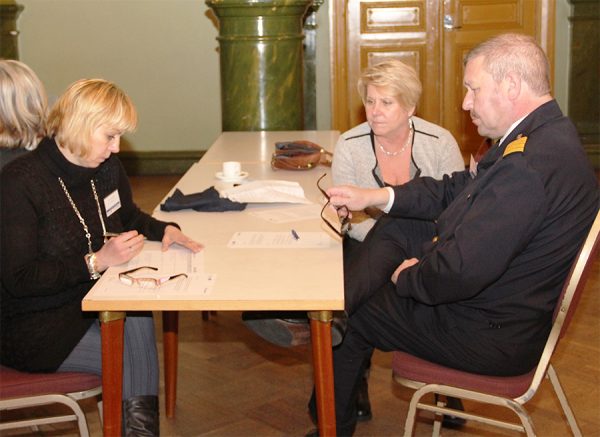
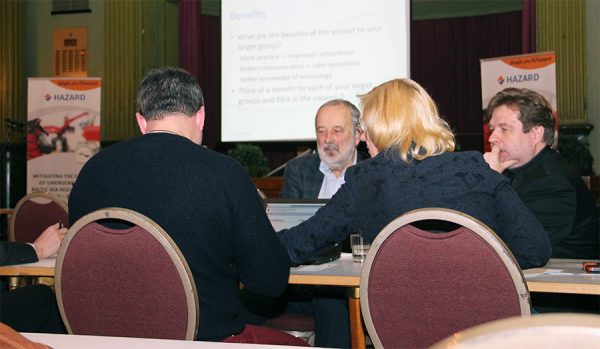
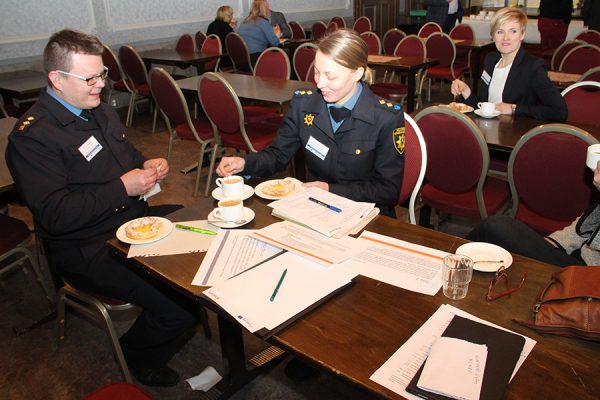
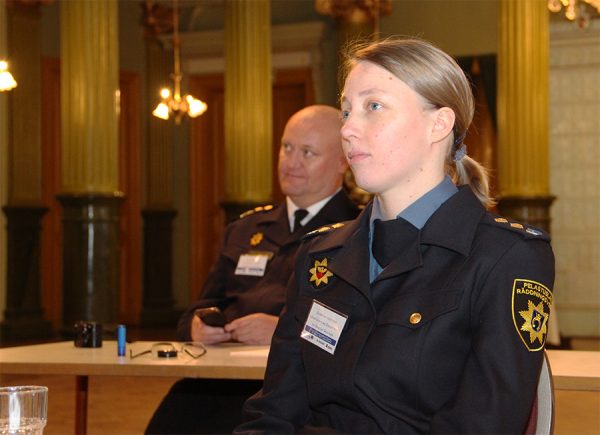
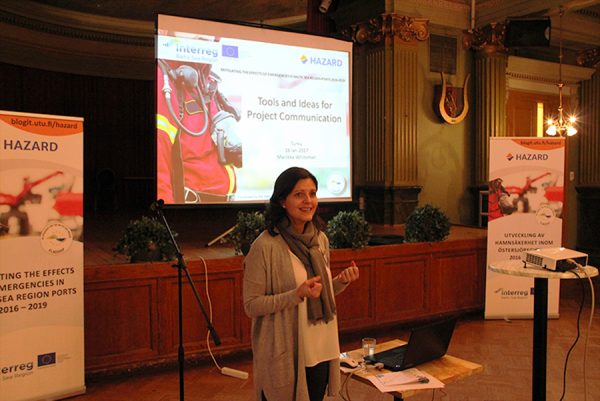
Leave a Reply